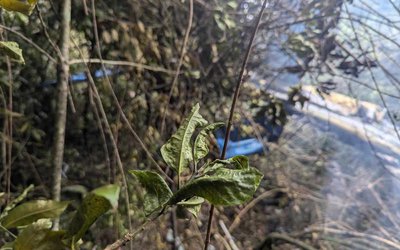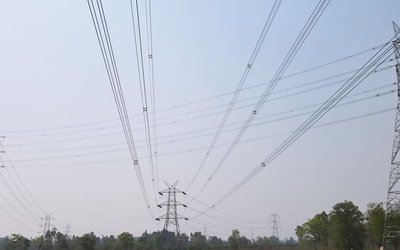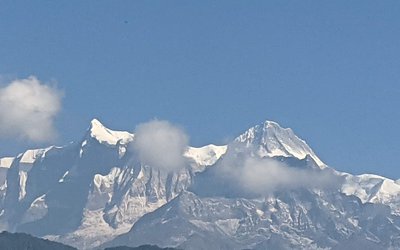
Yeti Airlines has become the first airline in Nepal, and most probably South Asia, to successfully reduce and offset its Greenhouse Gas (GHG) emissions of 2018, replicating the UN’s ‘Greening the Blue’ approach to climate neutrality.
The airline underwent an independent carbon audit process facilitated by the United Nations Development Program (UNDP) that calculated the airline’s total carbon emission and laid out plans to reduce and offset the same.
The audit revealed that Yeti Airlines produced 19,665 tonnes of CO2 equivalent emission in 2018 from its entire operations, including flights, vehicles and other facilities. This equals the amount of carbon sequestered by approximately 325,165 trees growing over 10 years. The emission from its flight operations accounts for over 99.9% of its total GHG emissions.

As part of the emission reduction plan, between 2017 and 2018, the airline was able to reduce the CO2 equivalent emissions per flight km by 20% and per passenger by 12% after adopting a more fuel-efficient aircraft fleet. The airline has achieved lower per passenger GHG emissions by expanding its fleet of fuel-efficient aircraft, i.e. ATR72-500 while gradually phasing out its Jetstream 41 operations. In addition, implementing more efficient flight operations, streamlining ground procedures, improving airport infrastructures, creating public awareness and staff training are the other vital GHG reduction strategies being enacted by the company.
Yeti Airlines was also able to offset its GHG emissions by procuring carbon credits, i.e. Certified Emission Reductions, certified under the United Nations Framework Convention on Climate Change (UNFCCC) through ‘Climate Neutral Now’ platform. In the past, Yeti Airlines undertook various environmental and social projects such as the Yeti Green Re-forestation Project, Green Far West Project and the Everest Clean Up campaign.
“Providing the largest network of flight routes in Nepal, Yeti Airlines works tirelessly to raise its standards of customer service whilst working to help protect the environment in which it exists,” said Umesh Chandra Rai, Chief Executive Officer of Yeti Airlines. “We have pledged to demonstrate our leadership in aligning and supporting the Sustainable Development Goals (SDGs) in every opportunity, particularly promoting SDGs no. 5 Gender Equality, no. 13 Climate Action and no 17 Partnership for the Goals. Yeti Airlines is committed to remain carbon neutral and invites others to join hands to protect our environment for the future generations to come. To keep its promise of remaining carbon neutral, Yeti Airlines is further committed to work together with UNDP on community level climate adaptation initiatives in the future.”
“UNDP would like to congratulate Yeti Airlines on becoming the first carbon neutral airline in Nepal after having successfully met the international UN approach on carbon neutrality. This is an exemplary effort to demonstrate how the private sector can help accelerate the achievement of the SDGs. This is also one step forward to helping Nepal fulfill its commitment to Paris Agreement on Climate Change. We hope the airline will continue its good works to remain carbon neutral and inspire others to follow the path in the coming years as well,” said UNDP’s Resident Representative, a.i. Ayshanie Medagangoda-Labe.
- Nepal Electricity Authority Exported Electricity worth Rs 12.72 billion to India in four months
- Nov 25, 2024
- Nepal’s Export Trade Improves Since Mid-October
- Nov 25, 2024
- Weather Forecast: Light Rain Is Likely In One Or Two Places Of Hilly Regions of Bagmati, Koshi And Gandaki Provinces
- Nov 25, 2024
- CoAS Of India General Upendra Dwivedi Returned Home
- Nov 24, 2024
- Rasuwagadhi And Sanjen Begin Generating Electricity
- Nov 24, 2024
















